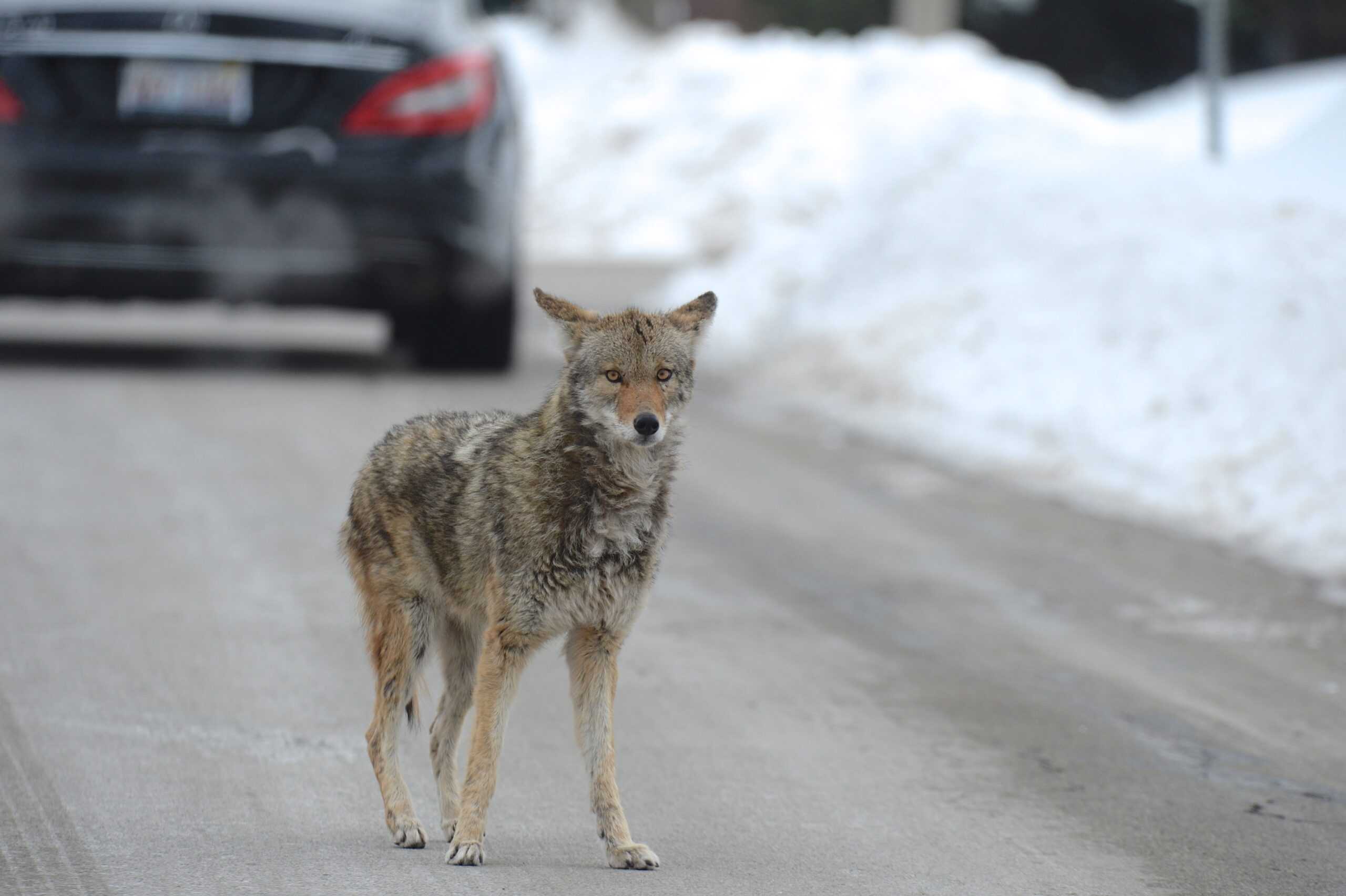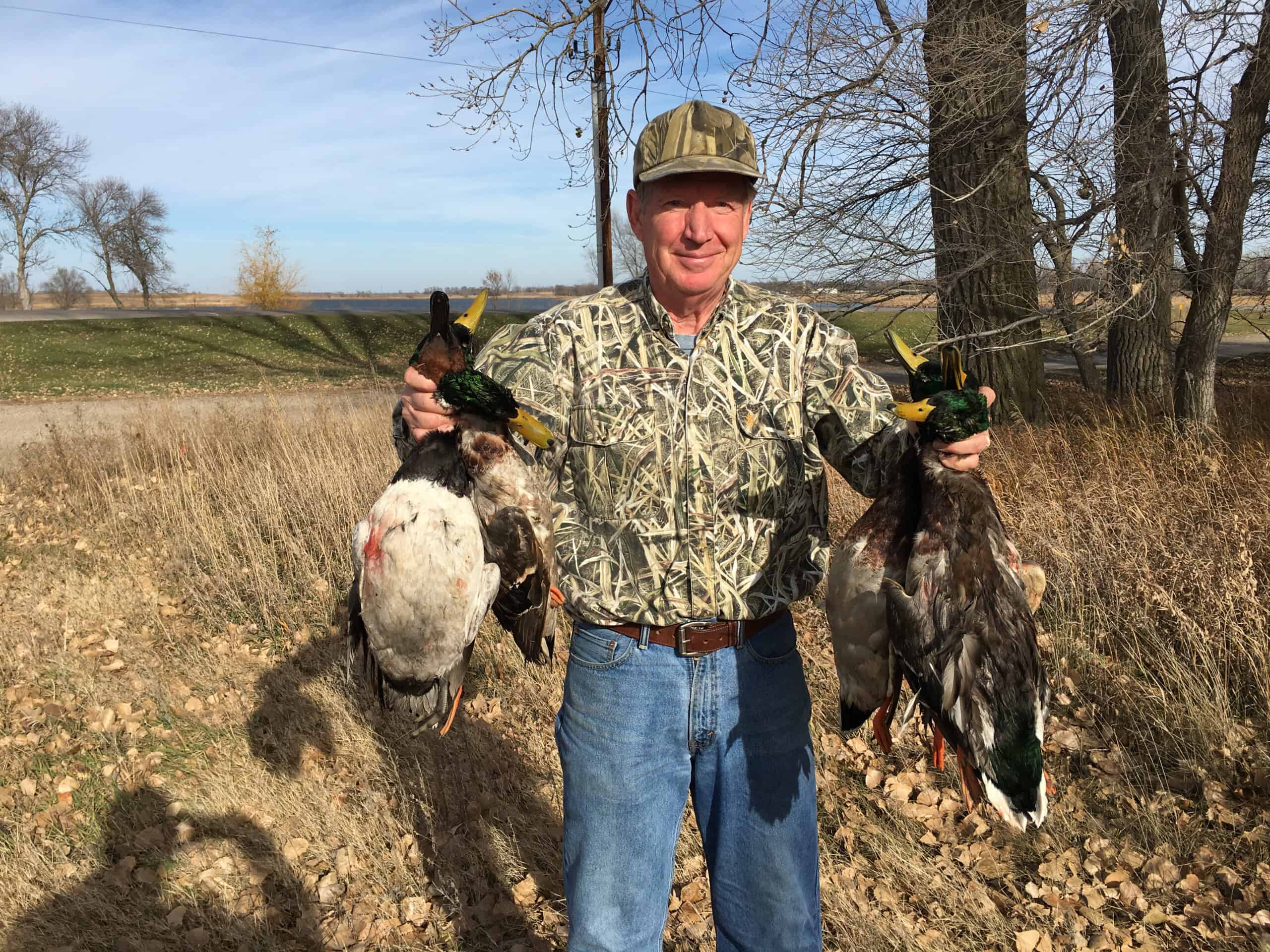Share this article
Coyotes face the stress of the city
Pack position and physical health also influenced cortisol levels
People aren’t the only ones feeling the stress of honking cars in traffic, bright lights and people everywhere you look. Coyotes are exhibiting high levels of the stress hormone cortisol inside cities, researchers found.
Coyotes (Canis latrans) are found in every city in the United States. They began expanding their range into large metropolitan areas in the 1990s and early 2000s. “It’s a relatively new phenomenon,” said Stanley Gehrt, a professor in wildlife ecology at Ohio State University.
Gehrt and his colleagues have been monitoring coyotes in Chicago for 20 years, learning how they’re adapting to the urban environment and trying to understand the benefits and challenges of living in the city. One of the factors they were interested in was stress, a subject that they found was understudied in urban carnivores. “It’s important for us to understand how urbanization might be influencing stress for them because they experience the urban landscape differently than many other species,” Gehrt said.
Gehrt is the senior author of a study published in Science of the Total Environment looking at if city coyotes were more stressed than others and if certain factors contributed to that stress. Katie Robertson led the study as part of her PhD work.

The team chose to look at cortisol, a steroid associated with stress. To test cortisol levels, Gehrt and his team detected the hormone in hair taken from coyotes’ rumps. Blood can also show cortisol levels, but that’s more suggestive of short-term stress, Gehrt said. Hair samples paint a better picture of chronic stress, since it shows cortisol levels over time.

The researchers took the sample from coyotes that they had previously captured and radio collared. “That was the advantage we had over other studies,” Gehrt said. “We could follow our animals. We know our animals intimately.” They looked at their place in social groups as well as the animals’ physical conditions. The team found the highest cortisol levels in pack leaders, which have the responsibility of keeping their packs safe, and loners, which have to protect themselves on their own.
Physical condition was also important. Coyotes with mange or in poor physical condition when captured—and sometimes recaptured—had higher stress levels.
But while levels varied among individuals, overall, coyotes in the most urban parts of the region had higher cortisol levels than those in more suburban or rural areas. That could have effects on urban coyote behavior “Stress might be one of the mechanisms that helps select bolder animals,” he said.
Header Image: A coyote living in Soldier Field in Chicago. City coyotes are more stressed than others, researchers found. Credit: Courtesy Cook County Coyote Project








